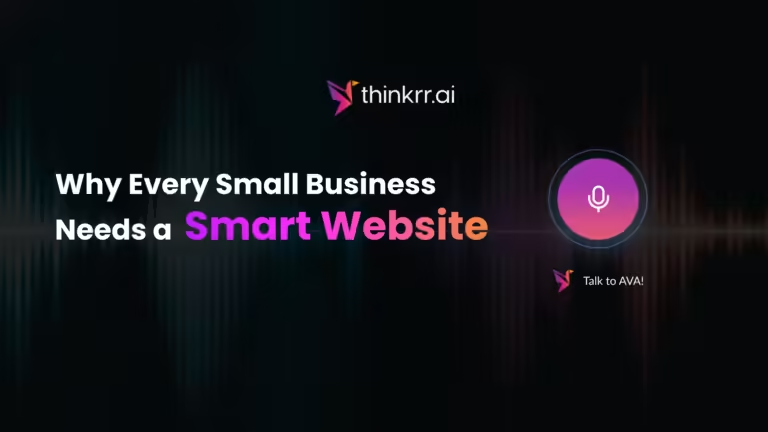Marketing channels get the highest ROI from email marketing. But an effective marketing email is more valuable than sending an eNewsletter every month.
Suppose a business finds out that a marketing email tool works efficiently and is digestible. The business is bound to acquire such a tool. The tool then becomes the focal point that helps in creating and implementing strategies, steps, and tips to make the most out of the campaign.
If you are a marketing manager or anyone involved with marketing, this whole article is formulated with your perspective.
Surely by the end of the article, you will know how to formulate a marketing email strategy that will bring your company’s productivity to new heights.
What is Email Marketing?
Before devising a marketing email strategy, the first thing is understanding the basics of email marketing.
Meaning: A digital marketing strategy where emails are sent consistently to potential prospects and opted-in customer lists, also known as email subscribers.
Email marketing is the oldest form of online marketing. A possible way of turning contacts into customers.
At first, emails were just a connecting platform for family, relatives, and co-workers. Eventually, businesses and brands got added to the list. Over time, inboxes grew crowded, and subscribers were different from what they used to be.
Modern marketing emails are more personalized and in tune with customers’ preferences.
A strategy that proceeds from making buyers into loyal customers for repeated business.
Marketing email helps you create future potential leads and prospects through website traffic. You also create revenue with your existing happy customers by tapping into open opportunities.
Marketing emails also enable automated feedback. Through automated feedback, improving service and increasing sales engagement is achievable.
With form selection and automated feedback, working on an email campaign is easy.
Fundamentals of Email Marketing-
As a marketer, email addresses are your biggest asset. If you want to hear from your subscribers, give them a way to sign in. In your email, add a form as a side note.
You can share subscriber forms on social media to reach a bigger market. Make sure your email form is compliant and permission-based.
Some different types of sign-up forms you can use are:
- Embedded Subscriber form – A simple form embedded in your page sidebar or footer.
- Pop-ups form – A form that appears on a website while scrolling or exiting.
- Lead Magnets – Give eBooks, guides, reports, free consultations, etc., when you fill in your personal information. In exchange, you get leads.
After selecting the correct form you want for your business, the email campaign starts. Once the forms are filled, you work the campaign with the buyer’s gathered information.
Working on Email Campaigns –
Campaigns are all about enrollment first and conversion later. Everything in between hangs on engagement.
If you want your new leads to become loyal customers, you need to know your prospects and their experience with your brand.
- Tapping in Buyer’s Persona – Get a detailed description of your buyer’s persona. Once you understand your audience better, furl your campaign with the type of content you will create.
- Examine Buyer’s Journey – The buyer’s journey is the source of customers reaching your brand and the reason for connecting with your brand. Once examined, you can send the right content to turn buyers into loyal customers.
- High-Quality Content – Creating high-quality content like blog content and resources will add value and placement to the email campaign’s content.
- Segment your List – Segregate your audience and send personalized content to each. Segmenting helps you to send the right content for a particular reaction. Segments can be in terms of locations, demographics, or buying behavior.
These campaigns give you a free way of sending personalized information without harassing them frequently. The benefits you can incur through email marketing campaigns will help you engage with lost customers and obtain feedback.
Benefits of Email Marketing –
Certain benefits of marketing email through customer feedback or subscription are:
- Conversation Starter- Email marketing enables you to create engagement with subscribers and a free pass to know what they want.
- Fast and Easy- Through marketing emails, you create surveys. This is a quick way of knowing your buyer’s preference.
- Innovative Ideas- Feedback or suggestions from subscribers can help you brainstorm innovative and creative tactics and processes.
- Pressure Alleviation- A survey sent through email does not put your customers on the spot. A phone call might and getting reliable answers, then become difficult.
- Satisfaction Gauging- Marketing emails give subscribers the free will to express opinions rather than gauge their satisfaction levels.
- Immediate results- A report extracted through polls and surveys gives you a direct insight into your business marketing outcome results.
Plan your email strategies to keep your leads, subscribers, and customers engaged long-term.
Here are some ideas to do so.
Email Marketing Strategies –
- Inactivity Triggers – Attempt a re-engaging strategy for subscribers who stop opening your email. Keep an open conversation and get feedback on the reason for inactivity. You can set email alerts for inactivity.
- Customers who haven’t visited in a while – Send marketing emails about special offers.
- Recurring Customers – These subscribers discuss their experience with your brand with others. Engaging with them as often as possible is a must.
One significant measure of successful marketing email is implementing email strategies and benefits according to segments and lists.
At the End
Remember to routinely scrub your lists to send emails to valid, engaged addresses.
By following all information mentioned above, you are on your way to becoming an email marketing expert.
If you are ready to dig even deeper for your business, contact L & D Mail Masters. Check out our resources or sign up for free consultation today.























+ There are no comments
Add yours